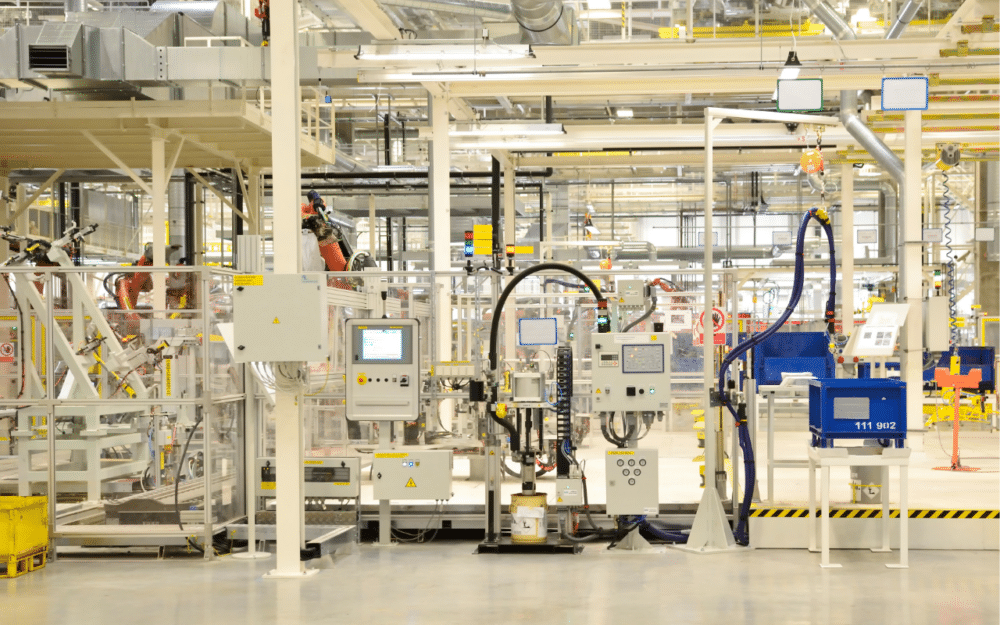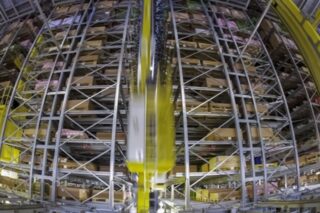A new report from ABI Research and Palo Alto Networks on OT security reveals that over the past year, cyberattacks have affected 1 in 4 industrial enterprises.
According to this new report, titled “The State of OT Security: A Comprehensive Guide to Trends, Risks, and Cyber Resilience,” one in four industrial enterprises reported having to temporarily halt operations due to a cyberattack.
The study, conducted in 2024 among approximately 2,000 executives and operators in 23 countries, also highlighted that over 60% of respondents stated that the complexity of OT security solutions was their primary concern when purchasing solutions.
OT Has Become an Attractive Target
According to the report, OT environments have become very attractive targets, as they present immense financial potential. This explains why in the past year alone, 70% of industrial organizations fell victim to cyberattacks. 26% face attacks weekly or more.
Beyond the immediate consequences of data and revenue loss, these attacks disrupt the continuity of business operations.
Emerging Tech, New Threats
In addition to existing threats, owners and operators of industrial assets are also aware of emerging technologies and their potential risks. According to the study, the rise of AI is at the forefront, with 74% of respondents anticipating that AI-based attacks pose a critical threat to their OT infrastructure.
5G also presents additional risks. Organizations are incorporating 5G technologies into their networks to improve connectivity, and efficiency, and benefit from higher transmission speeds. However, nearly 70% see 5G as a growing threat vector.
Besides, three-quarters of respondents also agree that remote access is increasing for both employees and third parties. If this offers many benefits (for example it improves response times in the event of an incident), it can also increase security risks in the environment.
Industry professionals surveyed indicate that securing industrial devices, in the face of many emerging technologies such as AI, 5G, and remote access, will be the main cybersecurity challenge for their organization in the next two years.
Complexity and IT/OT Conflict
According to the survey, over 60% of respondents highlighted the complexity of OT security solutions when purchasing software and OT security equipment. This illustrates the need for simplified and streamlined security solutions.
Besides, 40% of survey respondents state that their OT and IT teams conflict. Since IT is the primary attack vector, this misalignment is a clear concern for security stakeholders, as reflected in the fact that 7 out of 10 respondents intend to consolidate IT and OT solutions with the same cybersecurity provider.
Executives are 33% less likely to believe they have experienced an industrial disruption than frontline operational staff. Due to the complexity of operations, executives may struggle to gain visibility into ground reality, making it difficult to make informed investment decisions.
A few months ago we interviewed Pierre Paterni, Rockwell Automation’s expert on cybersecurity. He told us that one of the main challenges in cybersecurity is to reconcile the worlds of OT and IT.
“Indeed, the exchange of information between the two zones, IT and OT, is a sensitive area. We want to prevent malware from the IT side from spreading into the factory or the factory, which is less secure, from propagating and affecting the company’s information systems. Both are highly interconnected and in some cybersecurity incidents, this resulted in production shutdowns. […] So, the two worlds, IT and OT, are closely connected, and one must be protected from the other.”





![Image [Buying Guide] How to Choose the Right AMR?](/wp-content/uploads/sites/3/AMR-320x213.jpg)




